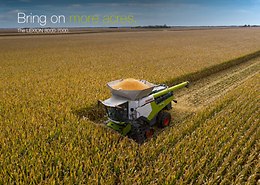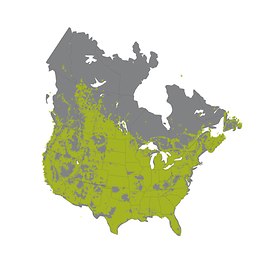

Capacity Proven. Quality Focused. Zero Compromises.
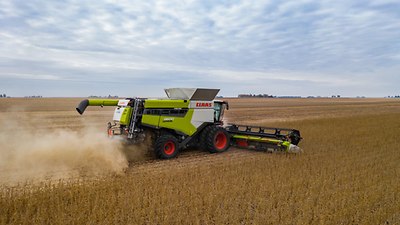
Three combines. One field. See how they compare.
CLAAS set the standard on combine throughput and fuel efficiency, long before the LEXION 8000-7000 Series combines made their first pass through a field.
How do the new combines from CLAAS handle sensitive premium crops like soybeans for seed? See how the new LEXION stacked up in a side by side comparison.
Side by side by side.
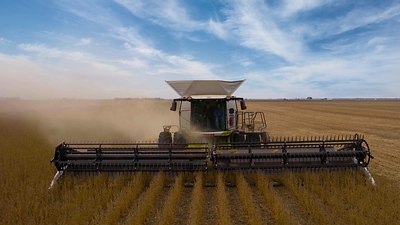
In order to test grain handling capability, CLAAS hired an independent firm to analyze grain samples from a head-to-head-to-head comparison of Class 8 machines between the CLAAS LEXION 8600, John Deere S780 and Case IH 8250.
Combines were run on the same day in the same climate and crop conditions in the same field, one section planted with an early maturing variety and one with a late maturity variety. The three machines were dialed in to factory recommended settings and run at their full engine load. Multiple grain samples were collected from each combine per variety, packaged and sent to the Illinois Crop Improvement Association, Inc. for splits, coating damage, and germination analysis.
Grain Quality Results
- Splits
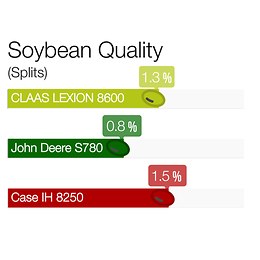
Splits are an easy way to gauge a combine’s sample quality and fine-tune settings.
The largest premium comes from the least amount of splits. While slowing down rotor speed typically helps reduce splits, that can result in more foreign matter in the grain tank or more grain being lost out the back.
The LEXION advantage is that all components of the combine can be adjusted independently in order to reduce splits without increasing grain loss.
- Coating Damage
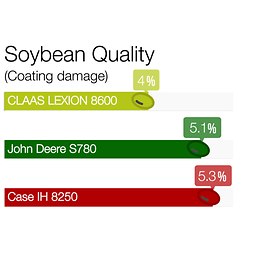
Percentage of Coating Damage – Using the soak test, the percent of coating damage was calculated out of a set number of seeds.
A reference germination was also conducted on a hand threshed sample as a baseline and subtracted from the test samples to only show seed damage that was caused during harvesting.
All combines averaged between 4% and 5.3% total coating damage, all within the allowable range.
- Germination
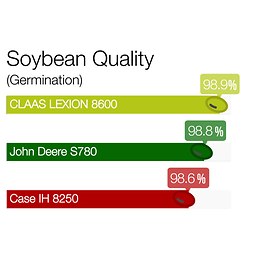
Coating damage is the best way to gauge germination. Less coating damage leads to higher germination, which is critical -- especially in seed-producing operations.
The LEXION, John Deere, and Case IH combine all produced grain samples with 98% germination rate or better, with the CLAAS combine producing the samples with the highest germination rate of all 3.
LEXION. Boost your productivity without sacrificing grain quality.
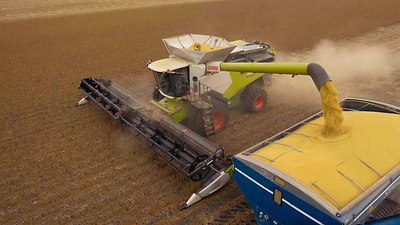
While the differences in splits was competitive between the three different machines, the LEXION 8600 actually produced less coating damage and higher germination rates than the competing machines, according to the sample tests conducted by the Illinois Crop Improvement Foundation. The LEXION was able to deliver premium quality grain samples, while still keeping our grain losses under one percent, proving that you don't have to give up performance to achieve premium grain quality.
Event calendar
-
DateEvent
-
Jul 16, 2024 - Jul 18, 2024Saskatoon, Saskatchewan
-
Jul 25, 2024 - Jul 25, 2024Baltic, SD
-
Aug 27, 2024 - Aug 29, 2024Boone, IA





